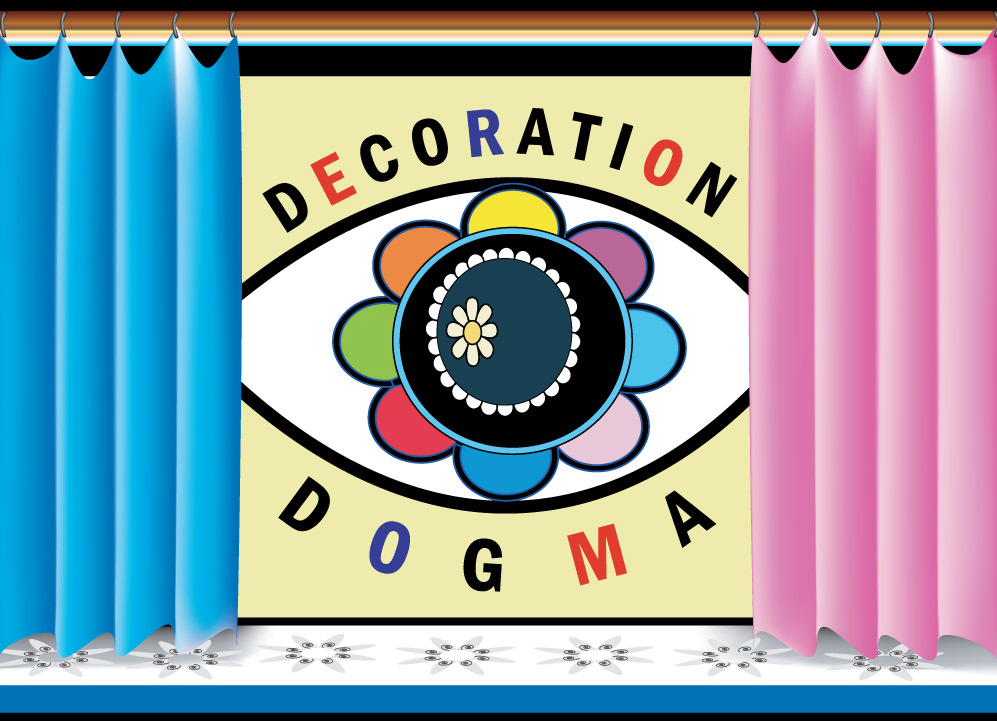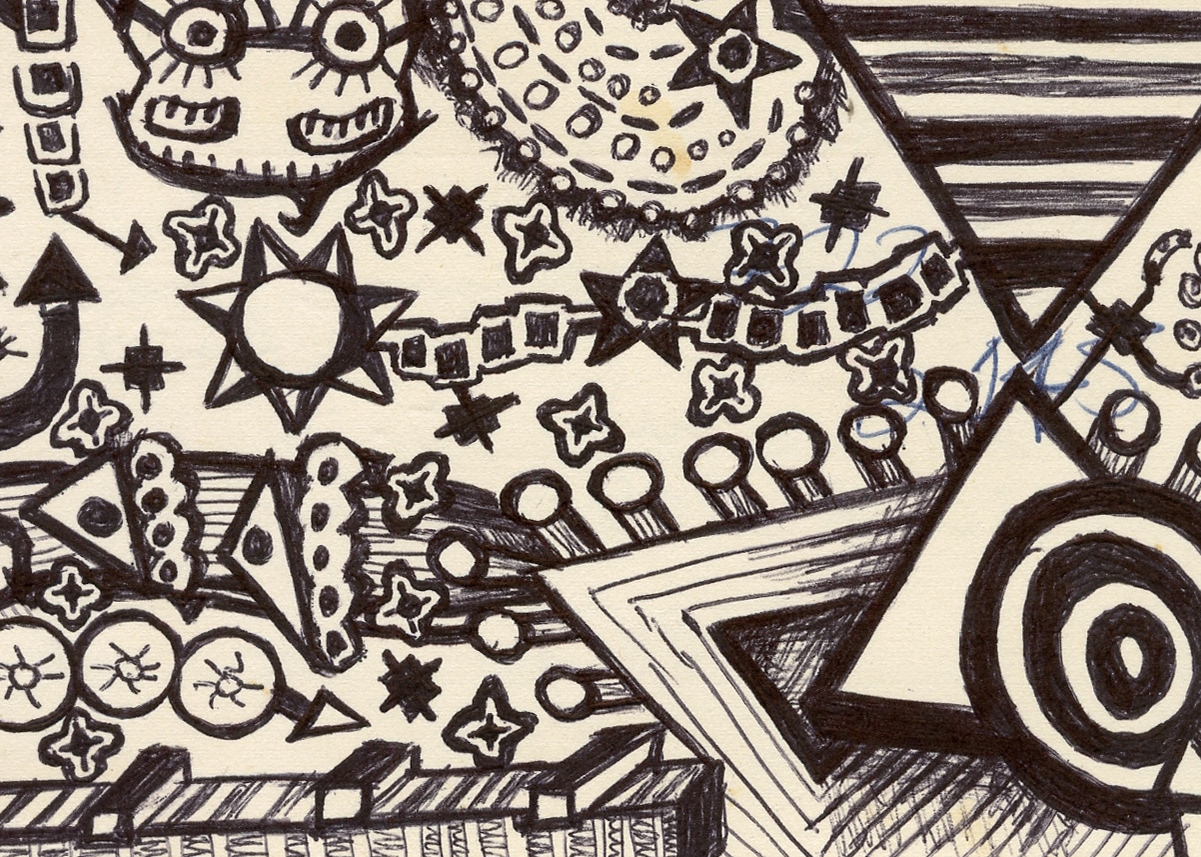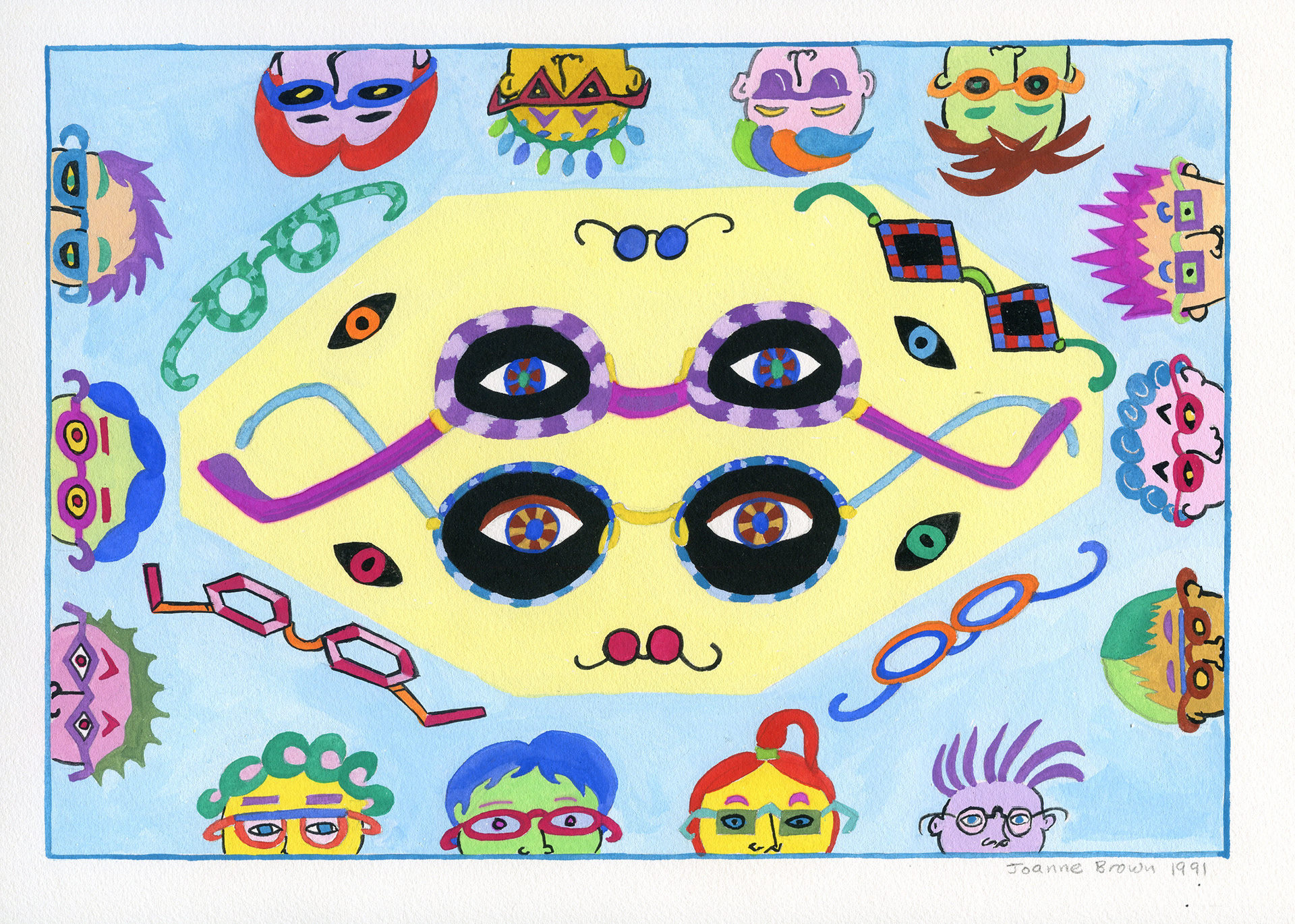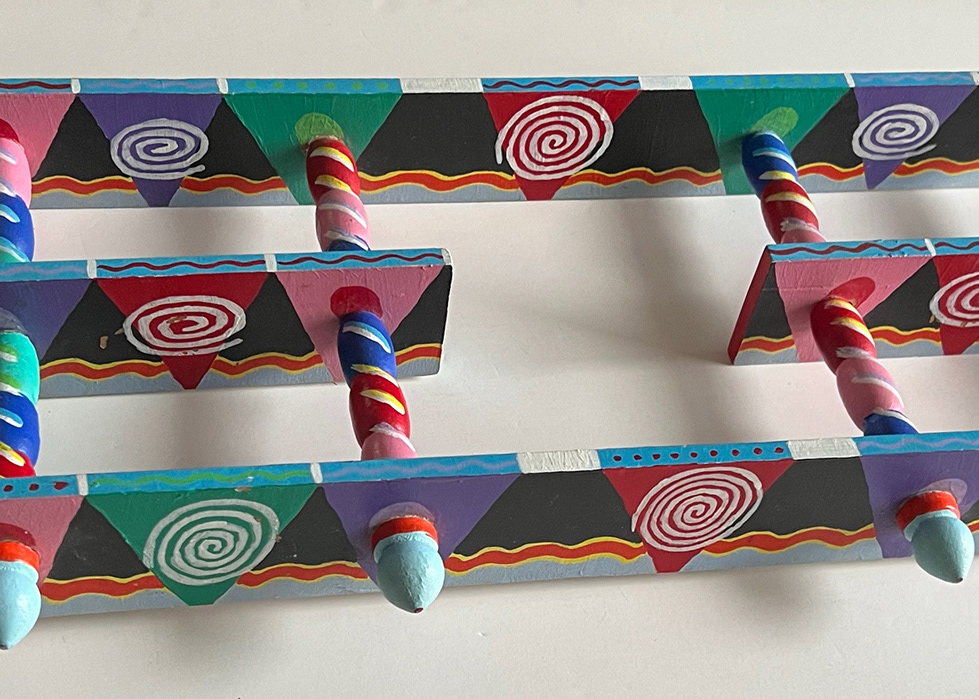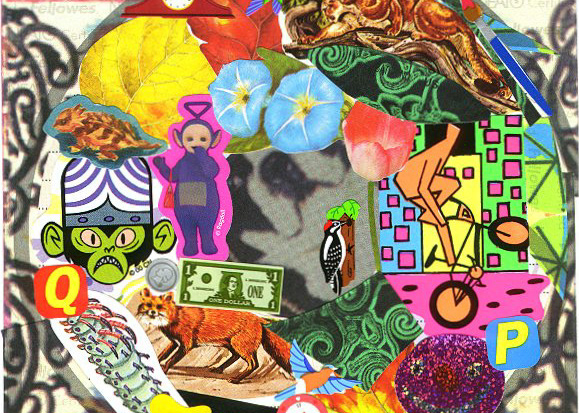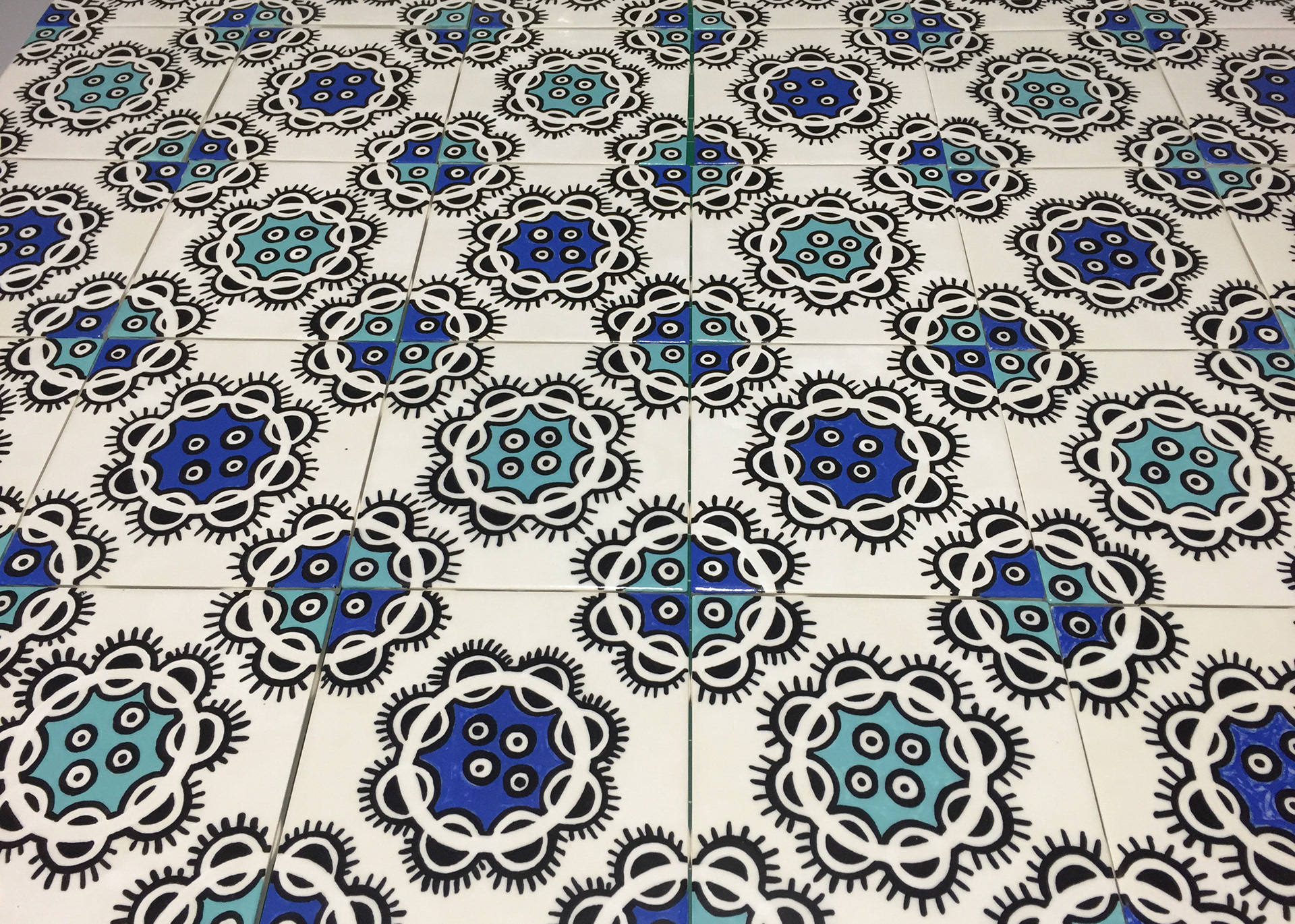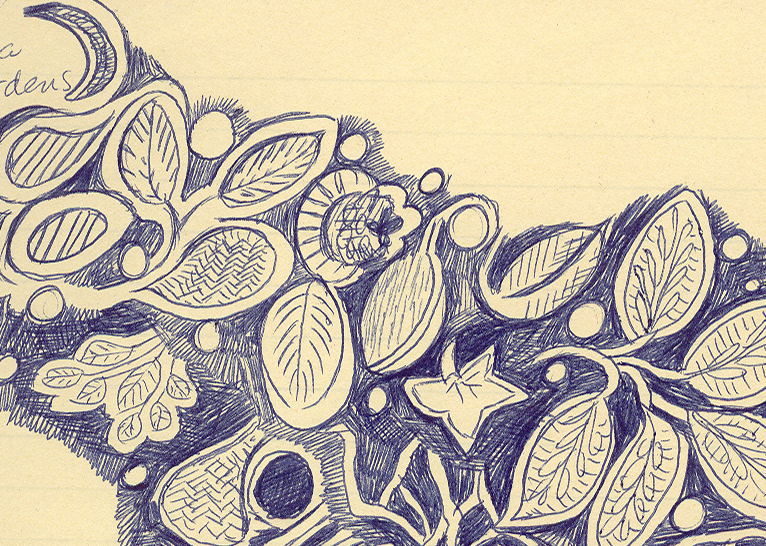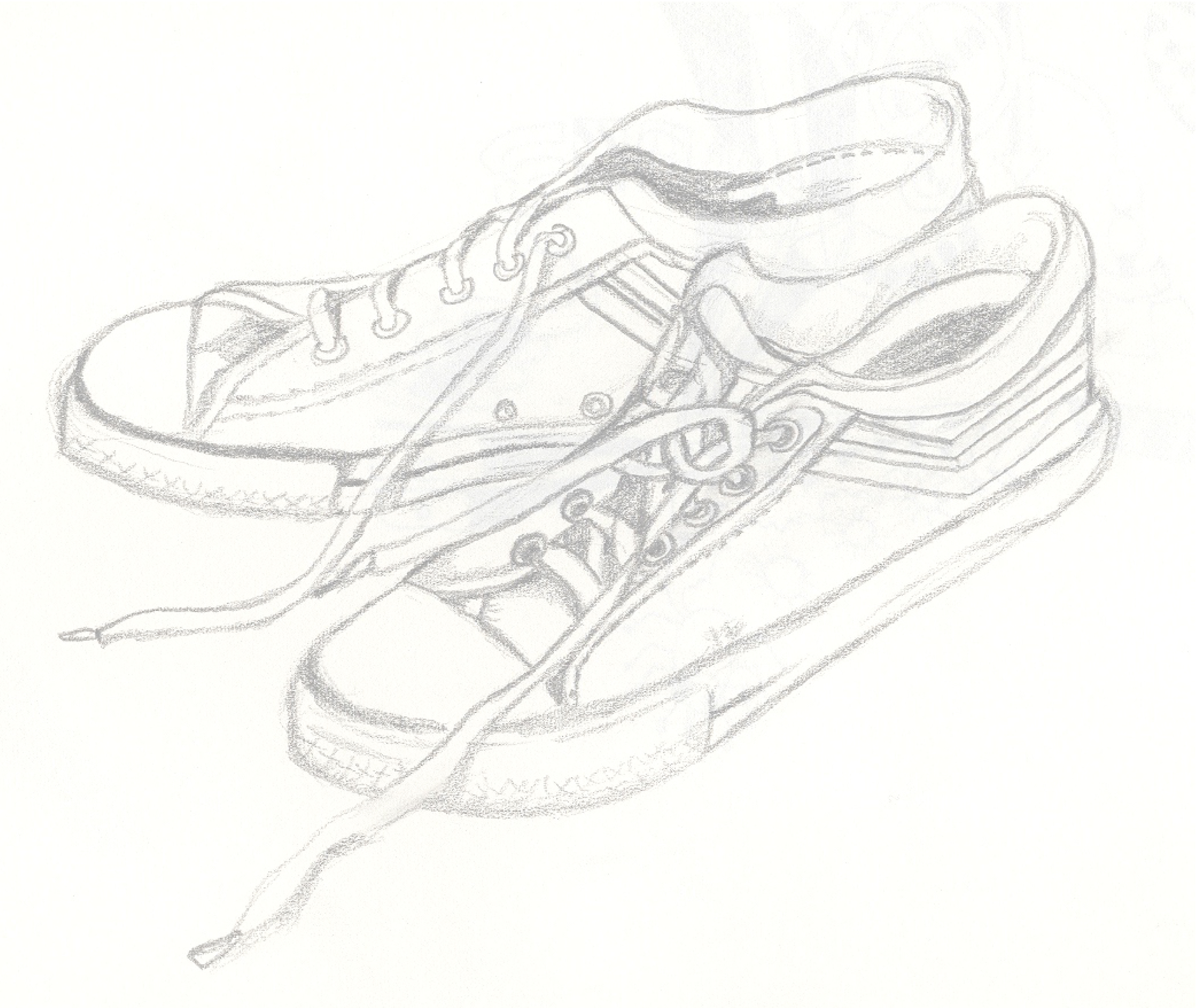
Sneakers, Pencil Drawing, 1981

Sneakers, Magic Marker, 1981
Left: Sneakers, Pencil Drawing, 1981
Right: Sneakers, Magic Marker, 1981
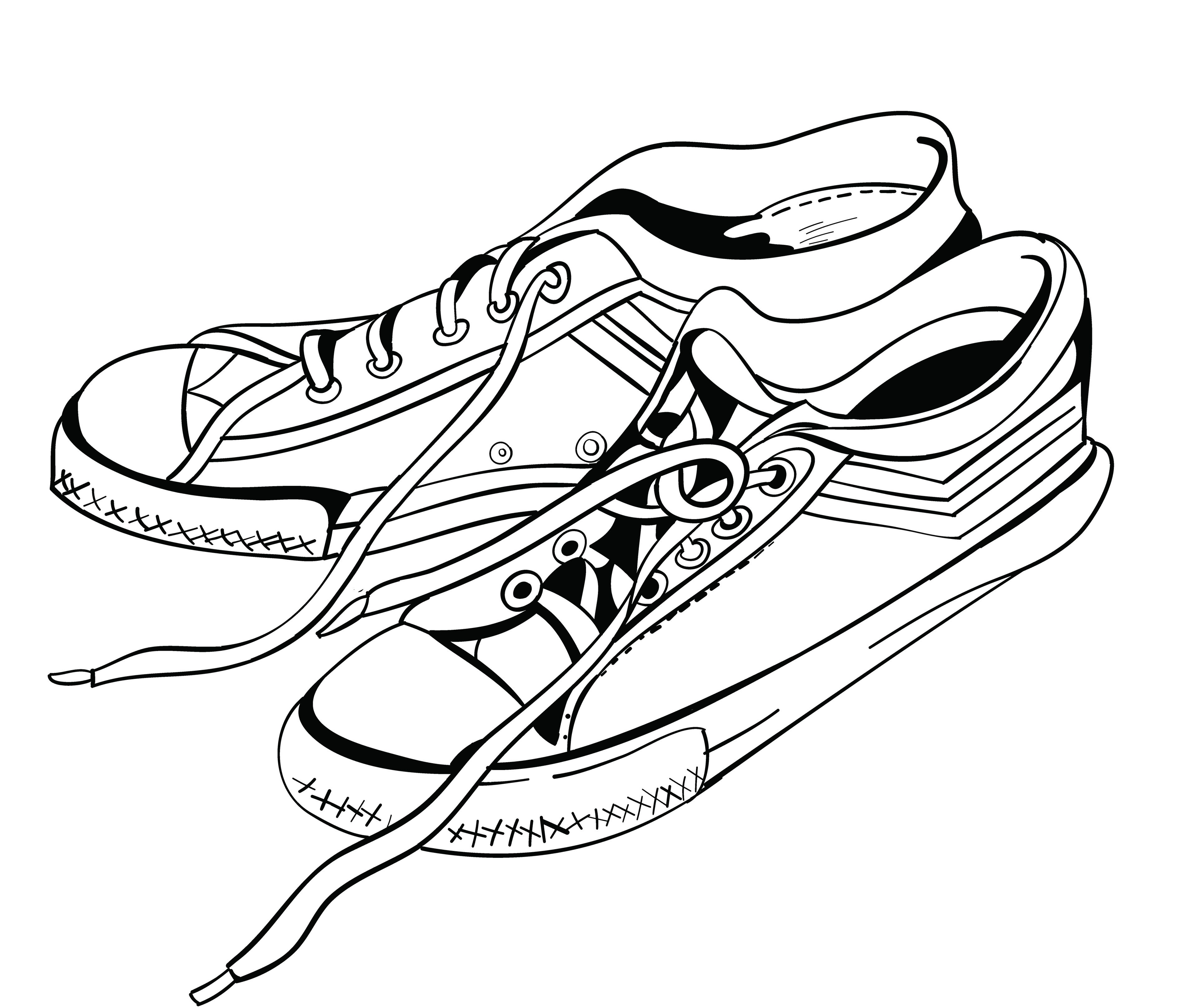
Sneakers, Digital Art, 2019
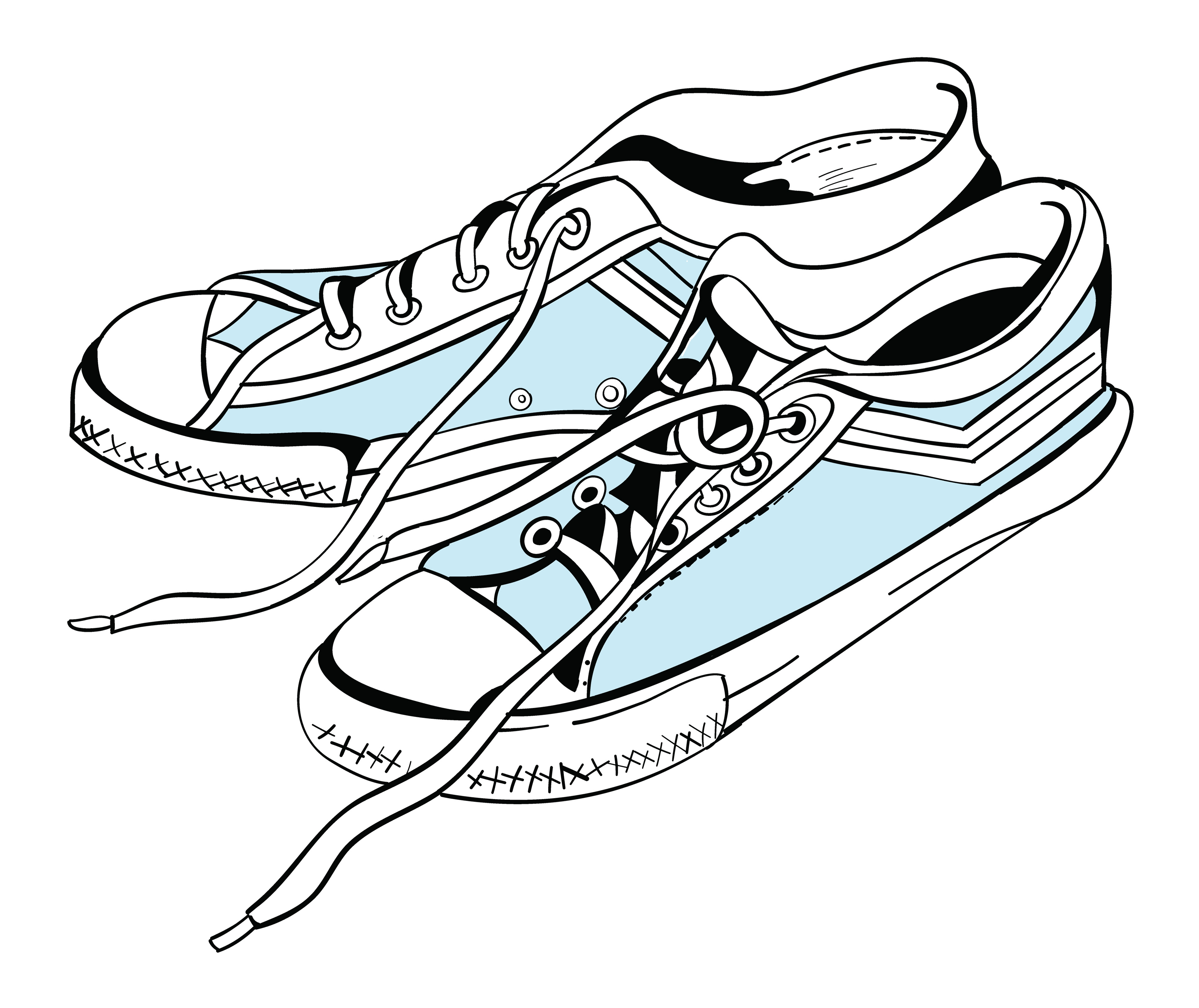
Sneakers, Powder Blue version, Digital Art, 2019

Sneakers, Multi Color version, Digital Art, 2019
Left: Sneakers, Digital Art, 2019
Center: Sneakers, Powder Blue Version, Digital Art, 2019
Right: Sneakers, Multi Color Version, Digital Art, 2019
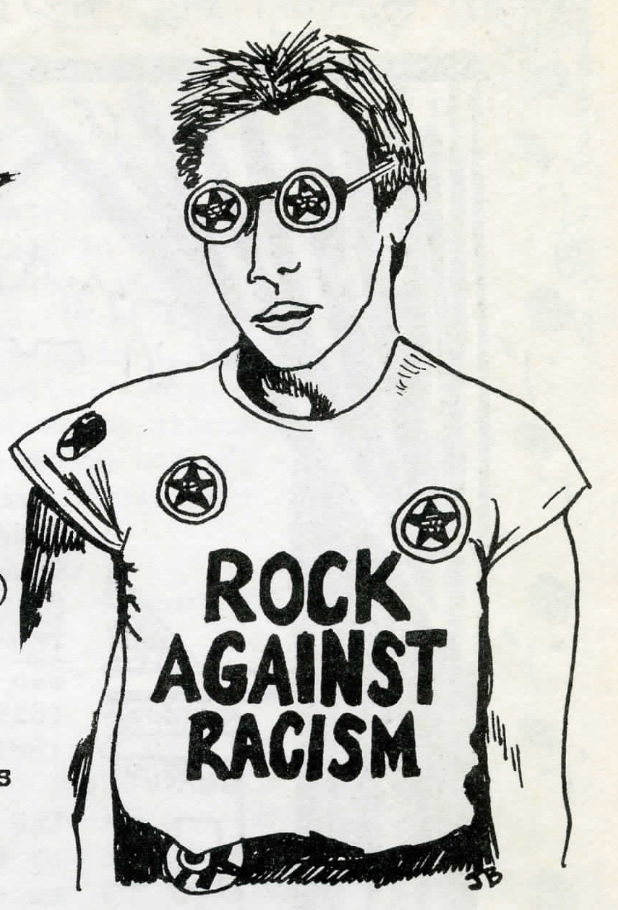
Rock Against Racism - Graphic Art, 1981
Rock Against Racism - Graphic Art, 1981
I did this drawing as an illustration to an article I wrote for the Boston Rock Against Sexism magazine about the Rock Against Racism movement in Britain that was formed in 1978 to combat racism and fascism. The idea was to unite people together with music.
